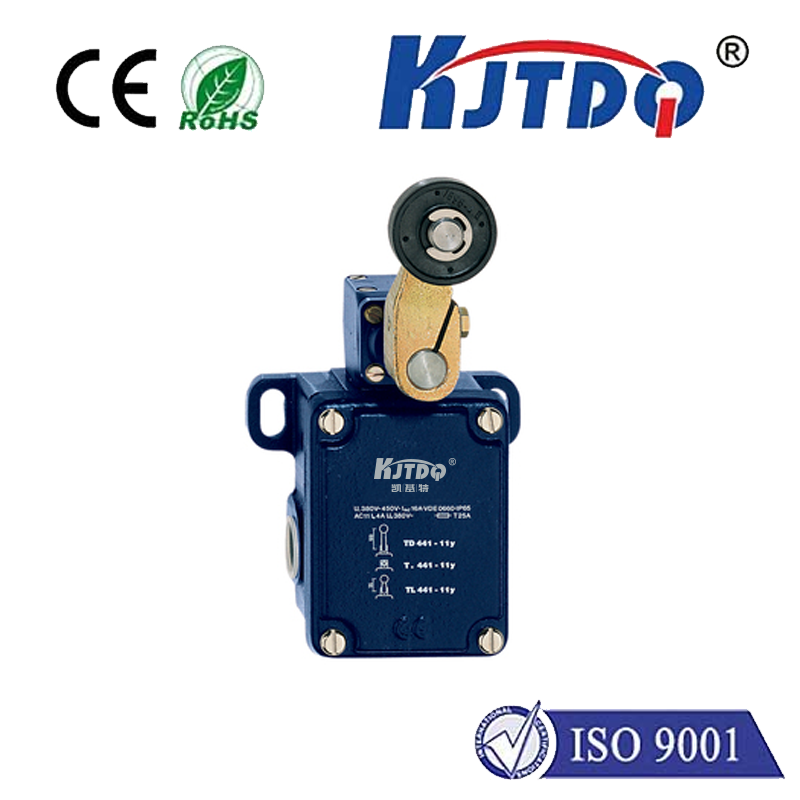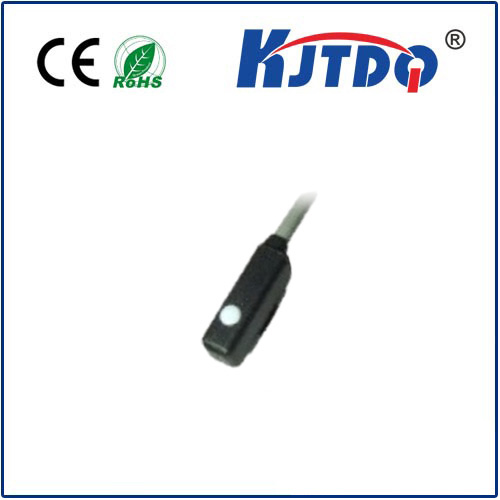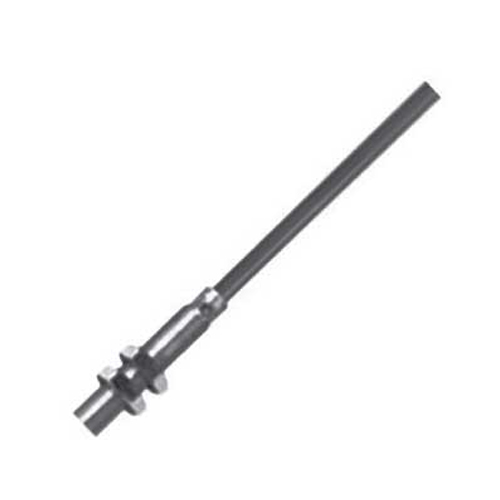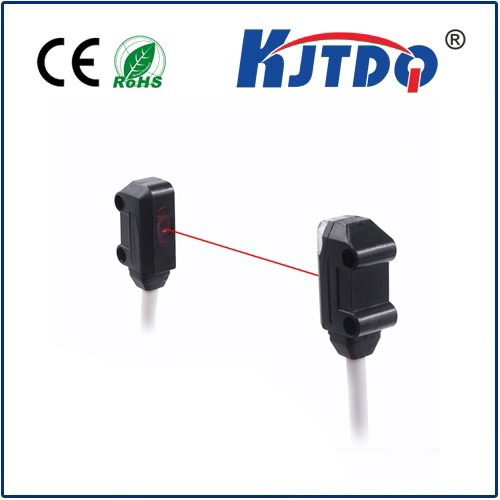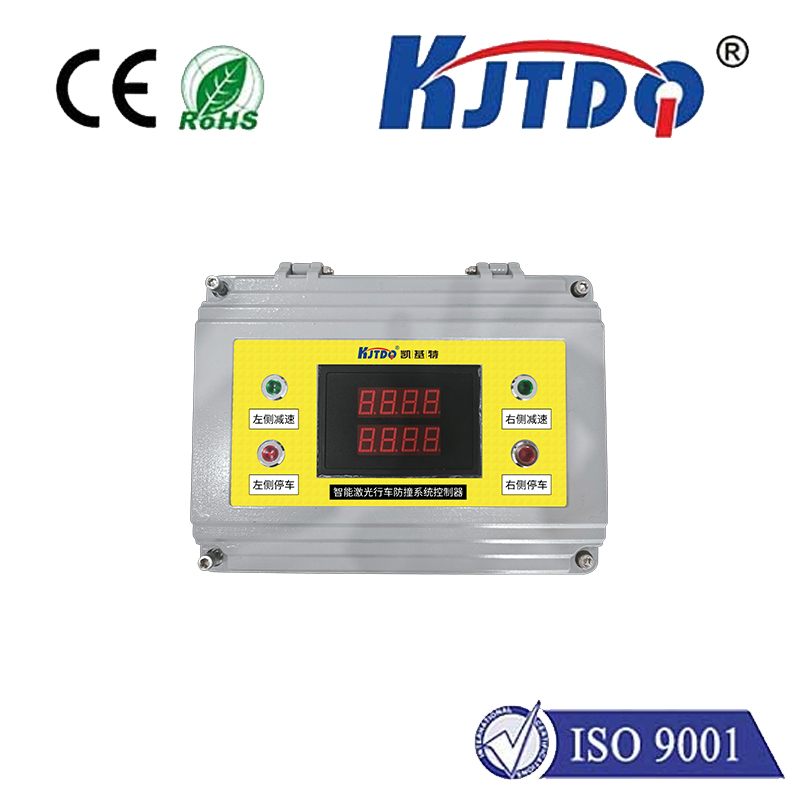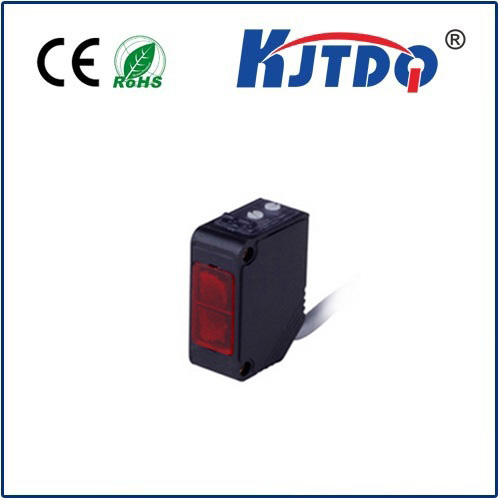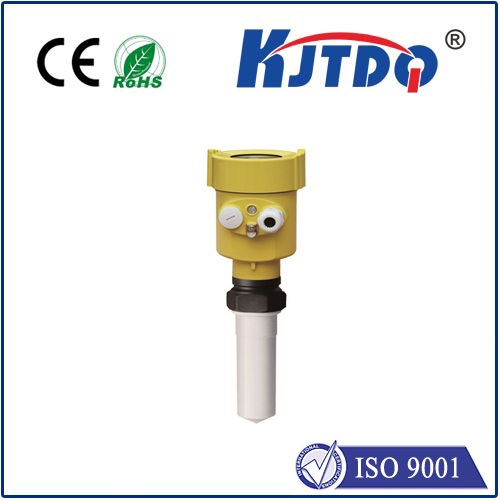E3AS-F1000IPN-M1TJ 0.3M photoelectric laser sensor
- time:2025-09-25 09:52:00
- Click:0
Mastering Micro-Distances: The Omron E3AS-F1000IPN-M1TJ 0.3M Laser Sensor Redefines Precision
Imagine a robotic arm delicately placing a micro-component on a circuit board, an automated assembly line verifying the presence of minuscule parts, or a packaging machine ensuring tiny vials are correctly positioned. These scenarios demand unwavering accuracy at incredibly close quarters – distances where traditional sensors often falter, struggle with contrast, or simply can’t “see” clearly. This is precisely where the Omron E3AS-F1000IPN-M1TJ 0.3M Photoelectric Laser Sensor steps into the spotlight, offering a unique solution for high-precision detection within a critical short-range envelope.
The Challenge of Close-Quarters Sensing
Conventional diffuse-reflective photoelectric sensors, while reliable for many tasks, face significant limitations when the target is very close. Issues like insufficient light reflection, saturation effects (too much light bouncing back immediately), pronounced detection dead zones near the lens, and susceptibility to minor color or surface variations become magnified. Detecting small objects or achieving precise positioning below 0.5 meters demands a fundamentally different approach – one capable of pinpoint accuracy at microscopic scales.
Laser Precision Meets Compact Form: Introducing the E3AS-F1000IPN-M1TJ

The Omron E3AS-F1000IPN-M1TJ addresses this niche with remarkable effectiveness. Its defining characteristic is its extremely short minimum sensing distance of only 0.3 meters (300mm). Optimized specifically for this 0.3m to 1.0m range, it leverages highly focused laser light. Unlike broader beams from standard LEDs, the concentrated laser spot ensures exceptional performance on tiny targets, intricate shapes, and low-contrast surfaces where diffuse reflection sensors typically struggle.
Key Features Driving Performance:
- Unrivaled Short-Range Detection: The 0.3m minimum sensing distance is not just a spec; it’s the sensor’s raison d’être. This capability opens doors to applications previously considered challenging or impossible with standard photoelectric sensors.
- Laser Beam Precision: The focused laser beam provides a significantly smaller, more distinct light spot compared to LED-based sensors. This translates to:
- Enhanced Detection of Small Objects: Ability to reliably sense minuscule parts, wires, or fine features.
- Superior Edge Detection: Precise positioning detection for thin edges or specific points on a work-piece.
- Improved Performance on Challenging Surfaces: Consistent operation regardless of target color (black, white, shiny, matte) within its optimized range.
- Fine Resolution & Repeatability: The concentrated light source contributes to excellent repeatability and fine resolution, crucial for high-precision assembly, inspection, and positioning tasks demanding micron-level accuracy.
- Robust Industrial Design: Built for demanding environments, it boasts a sturdy metal housing and an IP67 rating (dust-tight and resistant to water immersion up to 1m), ensuring reliable operation in the presence of dust, moisture, and typical shop-floor vibrations.
- Convenient Connectivity: Features a standard M1TJ (M12, 4-pin) connector, simplifying installation and integration into existing industrial wiring systems.
- NPN Output Logic: The “N” in IPN signifies an NPN output configuration. This standard logic level (sinking output) integrates seamlessly with a vast majority of PLCs and control systems commonly found in industrial automation. Understanding your PLC’s input type (sinking or sourcing) is essential for correct wiring.
- Compact Size: Its relatively small form factor allows for installation in space-constrained locations, a frequent requirement in compact machinery and tooling.
Where the E3AS-F1000IPN-M1TJ Excels: Real-World Applications
This sensor shines in applications demanding high precision and reliability within its specific 0.3m-1.0m sweet spot:
- Micro-Assembly & Electronics Manufacturing: Detecting tiny surface-mount components (SMDs), verifying pin insertion on connectors, confirming the presence of microscopic leads, or ensuring precise placement of miniature parts on PCBs. Sub-millimeter detection reliability is paramount here.
- Small Part Sorting & Handling: Identifying and verifying the presence of very small screws, pins, medical device components, or jewelry parts on feeders, conveyors, or pick-and-place arms.
- Precision Bottling & Vial Filling: Ensuring exact positioning of small vials, ampoules, or containers under filling nozzles or capping heads within tight spaces. Consistency at close range prevents spills and waste.
- Robotics Guidance: Providing accurate feedback on gripper position relative to small workpieces or for verifying successful pick-up of delicate items within a robotic cell.
- Edge Detection on Thin Materials: Accurately detecting the leading or trailing edge of thin films, foils, or labels during processing or cutting operations.
- Quality Control Inspection: Verifying tiny features, engravings, or the presence of minute defects on components moving on high-speed lines where sensors must be positioned close to the inspection point.
Why Choose Laser Over Standard Diffuse for Close Range?
| Feature |
E3AS-F1000IPN-M1TJ (Laser) |
Standard Diffuse Sensor |
| Min. Sensing |
0.3 m (300 mm) |
Typically 50-100 mm+ |
| Light Source |
Focused Laser Beam |
Broad LED Beam |
| Spot Size |
Very Small, Precise |
Larger, Less Defined |
| Small Objects |
Excellent Detection |
Moderate to Poor |
| Low Contrast |
High Performance |
Performance Varies |
| Edge Detect. |
High Precision |
Lower Precision |
| Short-Range Stability |
Highly Stable |
Can Be Unstable |
Optimizing Deployment for Peak Performance
To leverage the full potential of the E3AS-F1000IPN-M1TJ photoelectric laser sensor:
- Respect the Range: Strictly position targets within its designed 0.3m to 1.0m operational window. Performance degrades significantly outside this band.
- Mount Securely: Ensure a stable, vibration-resistant mount. Even small movements can impact detection of minute features.
- Consider Ambient Light: While lasers are generally robust, avoid installing directly facing intense, direct sunlight or powerful artificial light sources.
- Target Surface: Although excellent on diverse surfaces, experiment with positioning if dealing with highly transparent targets (which may require retro-reflective mode sensors) or extremely specular finishes.
The Omron E3AS-F1000IPN-M1TJ 0.3M Photoelectric Laser Sensor is not merely a sensor; it’s a specialized tool for a specific, demanding class of industrial automation problems. By harnessing the power of a focused laser beam optimized for incredibly close proximity detection, it delivers exceptional precision, reliability, and stability where other sensors simply cannot reach. For engineers tackling the challenges of miniaturization, high-speed micro-handling, and intricate quality control within a constrained 0.3m to 1.0m range, this sensor offers a compelling, robust solution,







